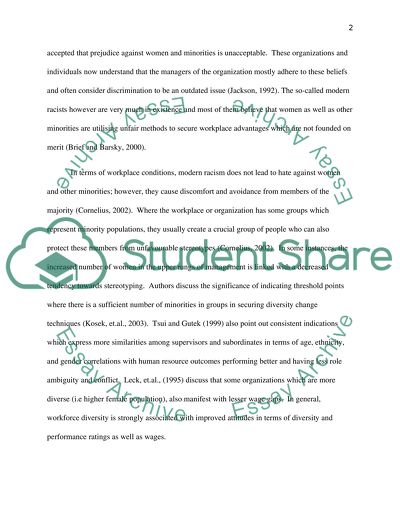Cite this document
(“Ethical and Legal Issues in the Workplace Research Paper”, n.d.)
Ethical and Legal Issues in the Workplace Research Paper. Retrieved from https://studentshare.org/social-science/1616285-ethical-and-legal-issues-in-the-workplace
Ethical and Legal Issues in the Workplace Research Paper. Retrieved from https://studentshare.org/social-science/1616285-ethical-and-legal-issues-in-the-workplace
(Ethical and Legal Issues in the Workplace Research Paper)
Ethical and Legal Issues in the Workplace Research Paper. https://studentshare.org/social-science/1616285-ethical-and-legal-issues-in-the-workplace.
Ethical and Legal Issues in the Workplace Research Paper. https://studentshare.org/social-science/1616285-ethical-and-legal-issues-in-the-workplace.
“Ethical and Legal Issues in the Workplace Research Paper”, n.d. https://studentshare.org/social-science/1616285-ethical-and-legal-issues-in-the-workplace.


